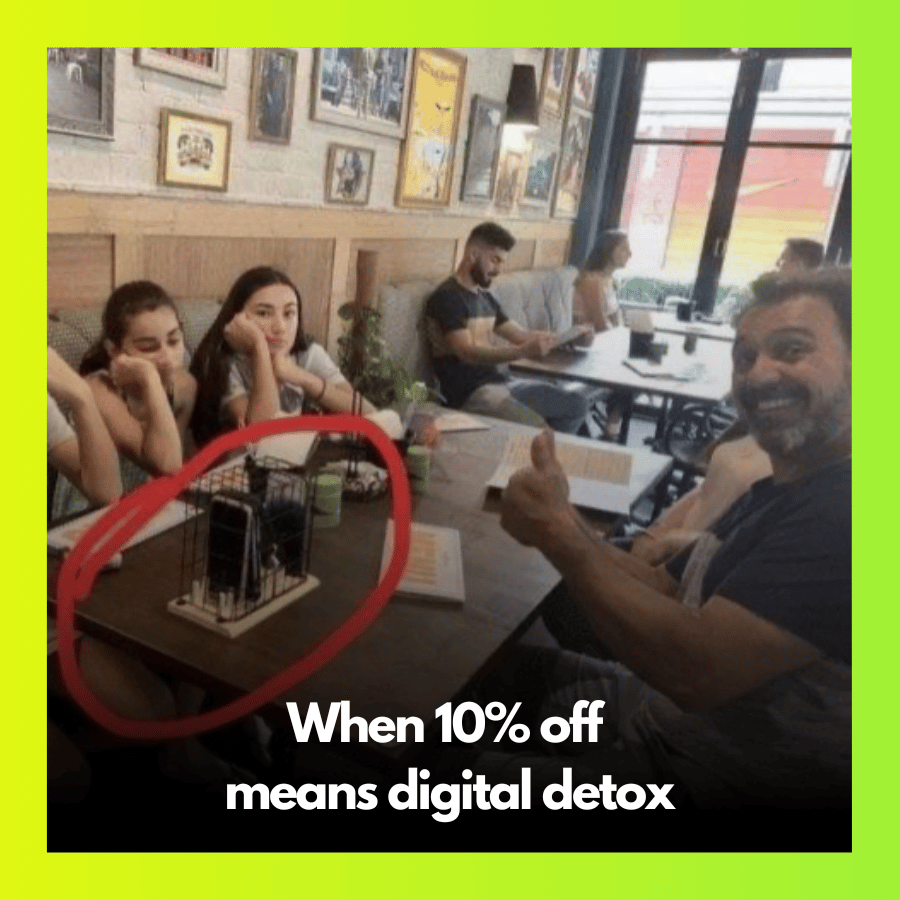
Welcome to VITAMIN C ®, the 3-minute newsletter that helps you stay ahead in food and climate innovation.
If you missed the last editions, check them out here.
Read time today: 2:33 min
Hi friend,
It’s Friday morning. You are reading VITAMIN C 🍋.
There are 5M+ posts this week about food and climate. I hunted down the 5 that deserve your attention.
Here they are:
1. [Food for Thought] ⚡Food creates more CO₂ than all the world’s cars. But guess where the money goes?

Global governments pumped $40 billion into electric vehicles in 2022.
Meanwhile, alternative proteins only got $635 million the same year.
Yet the global food system emits more CO₂ than all passenger cars combined.
↳ EVs took off thanks to smart policies, bold funding, and relentless innovation.
↳ Alternative proteins need the same push.
Current market share of meat alternatives is only 1%.
If just 50% of the world’s protein came from alternatives, we could cut 5 gigatons of CO₂ per year. That’s more than EVs will ever cut.
So why are we still treating food like an afterthought in the climate fight?
Check out the BCG article: What the alt protein industry can learn from EVs
2. [Study] 🚽 Pee as fertilizer? Science says: Why not?!

Modern farming depends on synthetic fertilizers - but they’re a climate disaster.
A new study by researchers from the University of Birmingham and L’Institut Agro Montpellier suggests a radical alternative: human urine.
Packed with nitrogen, urea, and other key nutrients, it could replace chemical fertilizers, cut emissions, and even reduce wastewater pollution.
Turns out, plants don’t care where their nutrients come from.
In tests, urine-based fertilizer worked just as well as synthetic ones—without harming soil microbes.
The catch? Scaling up collection and managing nitrous oxide emissions will be tricky.
I’m torn between being grossed out and thinking this could actually have huge potential.
Would you eat food grown using human urine? 🤔
Read more here.
3. [Climate Heroes] 🌊 Science needs more female energy – and the ocean knows it.

For centuries, science has been defined by rigid frameworks—objectivity over intuition, data over storytelling. But the ocean doesn’t work that way.
There are women who understand this deeply.
From indigenous women restoring coral reefs in Indonesia,
to a 64-year-old woman rowing across the Atlantic guided by the moon and the sea, without any tech.
Their stories invite us to rethink what science can look like:
More listening. More collaboration. More intuition.
4. [Report] 💰The biggest economic risk? Not acting on climate.

A compelling report by BCG and the University of Cambridge underscores that climate action and economic growth are intertwined.
Letting temperatures rise by 3°C could slash global GDP by up to 34% by 2100.
But investing just 1–2% of GDP in climate solutions can help us avoid that hit.
So what’s holding us back (according to the report)?
We underestimate the true cost of inaction
The benefits feel too far off
Some countries pay more than others
Climate policies can hit workers and communities unequally
The economic risks are poorly communicated
To move forward, governments need a mindset shift:
Climate action is not charity. It's protection for our future economy.
Check ou tthe full report here.
5. [Fun] 📵 No Phones, more connection? This restaurant thinks so.

A restaurant in Australia has introduced a simple but genius rule: lock away your phone, get a 10% discount on your bill.
The idea? Encourage real conversations instead of scrolling through screens.
While parents love it (as seen in the picture 😆), the kids… not so much. But in an era where phones dominate mealtimes, could this be the push we need to bring back real human interaction?
If I had a restaurant, I would include digital detox zones like this. Would you try it?
Stay awesome,
Lia
How did you like today's email?
Enjoyed this newsletter? Let’s keep the conversation going on LinkedIn!
Or forward this email to a food & climate-curious friend - because good ideas are better when shared. 🙌
